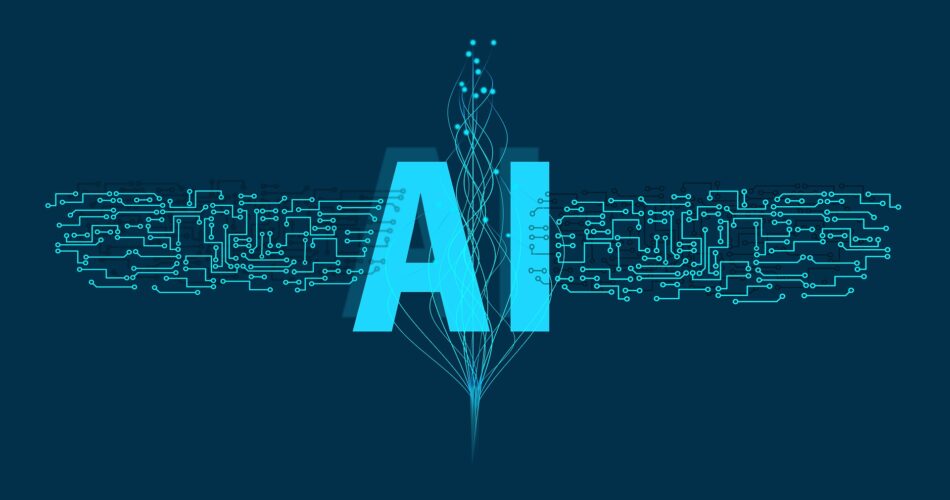How A.I. will affect the next future
Artificial Intelligence is increasingly being a hit. You can find some AI in every appliance, in most apps, and in other various devices. In the next few years, AI is going to be part of anything. However, there are some fields where AI will be employed most. Here are some.
Generative AI
These kinds of algorithms can generate new content starting from existing data such as text, images, videos, sounds, or code.
The most famous example is the GPT-3 model by OpenAI which is able to produce accurate textual results by a human prompt. Therefore, it can write an article about a specific topic, answer questions, generate code, create prose or summaries, etc. The outcome is so amazing that it looks written by a human.
Another example is DALL-E, a GPT-3 counterpart that can generate beautiful images, again using a text prompt.
Therefore, in the next years, we’ll see many of these AIs used as tools to generate content so much that we’ll be able to create, for example, a video using just the AI tools, since in addition to images, recent AIs can also generate music, speech, and lately animations, although the latter are still complex to generate optimally.
Ethical AI
As explained by Forbes, AI needs data to learn, and this data frequently consists of personal information. This might be extremely private data, such as health or financial information. The entire system collapses if we, the general public, don’t feel comfortable sharing our information and don’t understand how AI makes decisions. That’s why trust is important.
In the next years, there will be initiatives to solve the “black box” issue with AI.
In computing, a black box is a device, system, or program that allows you to see the input and output, but gives no view of the processes and workings between.
The AI black box, then, refers to the fact that with most AI-based tools, we don’t know how they do what they do. Those responsible of installing AI systems will exert more effort to make sure that they can clearly communicate how decisions are made and what data was employed to reach them. As companies learn how to remove bias and inequity from their automated decision-making systems, the role of AI ethics will also grow more important. Biased data has been demonstrated to cause prejudice in automated outcomes, which has the potential to result in discrimination and unfair treatment. This is inexcusable in a world where AI influences decisions about access to work, justice, and healthcare.
Augmented Reality
More of us will soon be working alongside robots and intelligent machines that were created to make our jobs easier and more effective. This might happen using smartphones that provide us with rapid access to data and analytics tools, as we have seen them employed more and more in industrial and retail industries.
It could refer to headsets with Augmented Reality (AR) capabilities that project digital information over the real world. This could provide us with real-time information that can assist us identify dangers and threats to our personal safety in a maintenance or manufacturing use case. Access to real-time dashboards and reporting, which provide an immediate up-to-the-minute overview of operational effectiveness, will be made more widely available to management and leadership teams.
AI-powered virtual assistants, who can rapidly respond to inquiries and automatically offer different, more effective ways to achieve goals, will also become increasingly common in the workplace. In general, learning how to collaborate with and work alongside clever, smart machines will become a more valuable work skill.
Sustainable AI
All companies will face pressure to lessen their environmental impact and carbon footprint. In this regard, the rush to embrace and exploit AI has the potential to be both advantageous and detrimental. AI algorithms demand a growing amount of power and resources, as does the infrastructure required to support and deliver them, such as cloud networks and edge devices.
In a 2019 study, it was discovered that training a single deep-learning model may release 284,000 kilos of CO2. At the same time, by locating areas of waste and inefficiency, the technology has the ability to assist companies in learning how to create goods, services, and infrastructure in a more energy-efficient way. The aim to deliver more sustainable AI includes ongoing efforts to develop infrastructure that is fueled by more green and renewable energy sources.
As an example, computer vision is used in conjunction with satellite photography to detect illegal logging and deforestation in rainforests as well as illegal fishing, which affects biodiversity in the oceans.
AI will thus increasingly be a part of our world just as the Internet has been and still is, with the difference that the potential of these algorithms, if underestimated and mismanaged could have devastating consequences for people and information in general. We always take a system invented by experts for granted to be done right, but when exceptions occur and they are not handled, we may unnecessarily pay the consequences. Kind of like an innocent person in jail.
